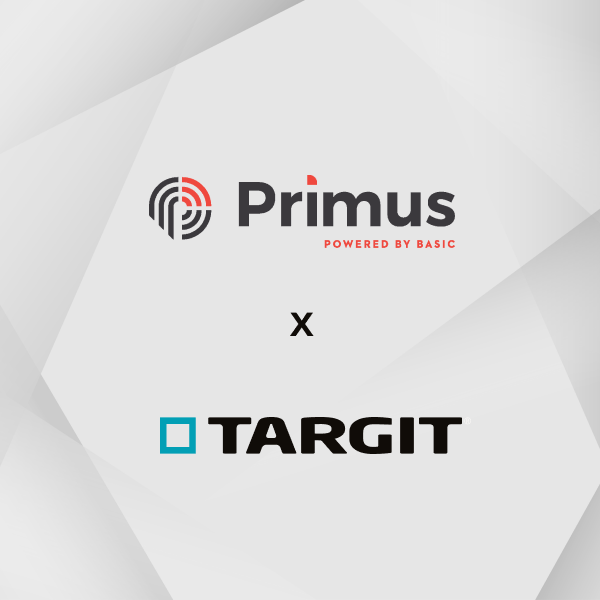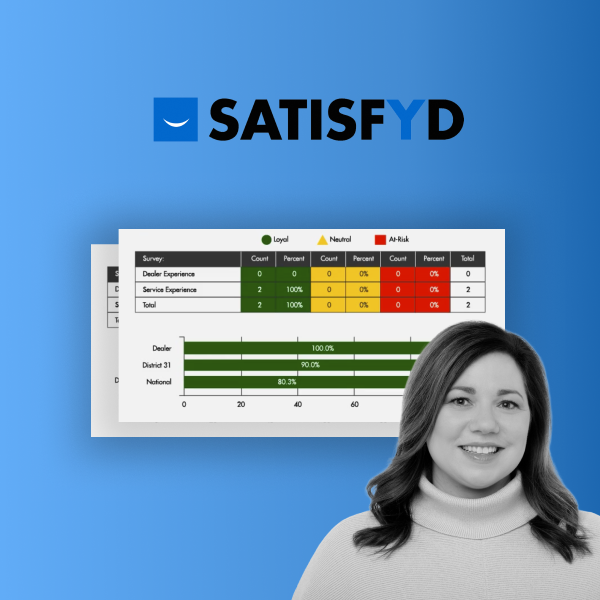Total Cost of Ownership (TCO) for a business intelligence (BI) platform might seem like a simple enough concept for those on the market for analytics software. In reality, it’s a slippery slope we all too often see companies slide into. And they're left writing out checks for tens — if not hundreds — of thousands of dollars more than they had originally budgeted for on a system and processes that are a far cry from what was promised to them.
To calculate TCO, add up the cost of software and hardware with the cost of the consultants needed to implement it and the training needed for employees to use it. This simple formula, though, is exactly why companies constantly enter the buying process with an unrealistic view of what their overall costs will be.
Direct Costs
One-time and recurring costs for data, software, hardware, and people such as:
- Data integration
- System security
- Subscriptions to hardware storage
- Infrastructure upgrades
- Ongoing development
Indirect Costs
Expenses tied to rolling out new processes and ensuring user adoption, including:
- The time it takes to learn the new solution
- Employees’ resistance to change
- Mistakes due to process changes
- Lost opportunities to prioritize other projects

Four Costly Pitfalls That Spike BI TCO
There are four costly pitfalls that often surprise companies that purchase a business intelligence and analytics solution. Fall victim to one, and it’s likely the rest will come tumbling on top of you soon after. BI price pitfalls are closely linked, making it all the more difficult to break free. We’ll tell you what they are and give our best recommendations for how to minimize them or avoid them altogether.
All of these should be considered before committing to a BI partner, tool, and deployment method in order to avoid a nasty surprise down the line.
Don’t resign yourself to a laundry list of escalating costs. If caught in any of these TCO traps, it’s often costlier to stay with your current choice than to find a better alternative. A more cost-effective solution is out there; it's all about how you right the ship.
First Pitfall: Poor Data Quality
The first step in implementing a BI project is pulling data from various other company systems into the data warehouse, such as CRM, HR, and finance systems. Unfortunately, this is also one of the most time-consuming and costly steps because the data must first be cleansed and brought up to standard.
Outdated information must be weeded out, and data that’s been recorded in inconsistent formats must be standardized. Cleansing and updating data is a long, arduous process that typically comes with a high price tag via the consultants tasked with the job. It doesn’t take long for those consultancy hours to add up.
Solution: Aim for the MVP
When deciding what data to add to your data warehouse, think big, but start small to minimize the up-front consultancy hours for data that you aren’t even sure you need or want to begin with. Aim for the MVP, the Minimal Viable Product. This is the data that’s going to give you the biggest return on investment quickly.
During the data selection process, start by building a data model around a particular data set versus trying to include every piece of data that may be valuable to your organization. Know where to draw a line in the sand. Sure, it might be nice to include the sales data from ten years ago and beyond, but will it help with today’s sales objectives enough to make the time, effort, and cost of pulling it in worth your while?
Second Pitfall: The Never-Ending Project
When companies struggle to select the most important data to bring into their BI solution, extremely drawn-out projects become a costly concern, typically known as “scope creep.” Due to their indecision, they overdo it, raking in scores of data that ultimately muddy the pond. All too often we have seen companies pull data into the data warehouse, clean it, and decide they don’t want or need those data sets.
This problem strikes mid-sized companies in particularly staggering numbers. Unfortunately for many of these companies, it’s impossible to truly know which data sets they want until they see the numbers in front of them. By then, a consultant or data scientist has already taken the time — and handed over the bill — for incorporating the majority of their data.
Solution: Understand Your Business Objectives
Know your business objectives from day one and build an action plan. Instead of pulling in data across the board because it might be useful, establish the metrics that matter most and focus only on those. Start with your goals or the key results that determine your success. Once you know those, you can work your way back into the business and clarify which activities have the bigger impact on reaching that end state.
When the time comes to incorporate new data sets into your BI strategy, keep in mind that pre-built data connectors can speed up the entire experimentation and implementation process. These solutions allow users to very quickly prototype and explore the different possibilities of new and big data without the need for a consultancy or its resources. If a significant business value is established definitively, users can then consider a new cube for the data warehouse.
Third Pitfall: License Creep
License creep refers to the uncontrolled growth in software licenses within a company. Here is where many organizations find themselves in a Catch-22 situation. Of course, the ultimate goal of any successful BI implementation is to provide as many users as possible with critical insights. High user adoption of a business intelligence solution empowers decision-makers and changes the company culture to that of a data-driven powerhouse.
But in many BI solutions, each additional user comes with a set price tag, regardless of their level of BI involvement. That means the license for an employee who spends half their day generating reports and analyses will cost the same as the employee who browses a few key dashboards to get an overall pulse of company health each day.
Plus, many vendors charge a fixed price per user and don’t offer bulk pricing. As new users are added over time, that price doesn’t flex. BI buyers also often overlook the fact that once their BI project evolves to a more collaborative, unifying strategy, there is a high price tag for the additional servers needed for an enterprise-wide rollout.
Solution: Know Who Needs to Know
Long-term strategic thinking is particularly important for avoiding a surprising license creep. It’s important not only to consider what objectives your company wants to achieve through BI implementation but also what the long-term goals should be and who should be involved in their execution. Much of that is mapping out who will be utilizing BI, their roles and functions within the organization, and how they best consume data. We call these the BI Personas.
Many business intelligence and analytics solutions sell a one-size-fits-all licensing model. However, the truth is that employees’ use of BI varies widely across organizations and functions. Some need advanced analytical functionality, while others prefer high-level dashboards with a few key KPIs. Find a solution that structures licensing around users’ various consumption habits. With the right licensing from the get-go, your total cost per user should decrease with each additional user, not increase. Find the plan that fits your company’s needs; not the other way around.
Fourth Pitfall: The Under-Utilization Obstacle
A powerful BI and analytics solution isn’t worth anything if users aren’t armed with the knowledge they need to take advantage of the various tools within it. What might look simple and user-friendly in a demo can be an overwhelming task for a business user in the real world.
All too often, we’ve seen companies initially enthusiastic to jump into their project quickly let BI slide to the wayside or become relegated to only the super users in the office because it’s just too complicated a system or cumbersome a process to adopt for anyone besides the super technically skilled. Or ambitious BI strategies are implemented only to have employees utilize a fraction of the tools available to them.
What’s more, administrators shouldn’t be overburdened with tasks like data governance, managing individual user rights, or upgrading the solution. Instead of serving as BI specialists, administrators can quickly turn into BI babysitters.
Solution: The Right Tool for the Right Job
Just as your BI personas are important for preventing license creep, they’re equally important for helping build your BI toolbox.
Evaluate the type of skills needed for the job at hand. Then find the tool that matches those personas’ skills. Users should receive BI training classes designed specifically for their BI needs within the organization. Like licensing, training is not one-size-fits-all.
Go with the business intelligence vendor that has an array of classes for a variety of different skill levels — from basic dashboards and data visualization to advanced real-time analytics and everything in between. And training shouldn’t break the bank.
A good litmus test of a BI tool’s adaptability is the amount of training required to master it. Make sure you have a good understanding of the type of training each of your personas will need upfront so you can confidently set data free to every user.
The BI Partnership
Don’t fall victim to these common TCO pitfalls. Enter the buying process informed about what should — and what shouldn’t — lie ahead in a successful BI implementation and strategy.
Knowing what’s coming is half the battle. The rest lies in aligning your company with a BI partner who is upfront with all of the potential direct and indirect costs of business intelligence and analytics.
TARGIT’s complete BI and analytics platform balances power and flexibility, equipping your organization with a scalable tool that delivers positive ROI without breaking the bank. Connect with our team to learn how we help businesses achieve their goals and control software costs through:
- Tried-and-tested implementation processes
- A licensing model designed to grow with your user base
- Dynamic training for all roles and skill levels
- Expert support and strategic guidance







